The borole compound 1,2,3-triphenyl-1-boraindene has been made by researchers in Germany for the first time. Its borole ring is fused with a single aryl ring and has 1,2,3-triphenyl substituents. The structure has been overlooked until now because research has mainly been directed towards non-fused and doubly-fused borole systems.
Boroles are antiaromatic and therefore highly reactive species. They have unusual electronic and optical properties that arise from the vacant pz-orbital on boron overlapping with the diene system in their five-membered ring.
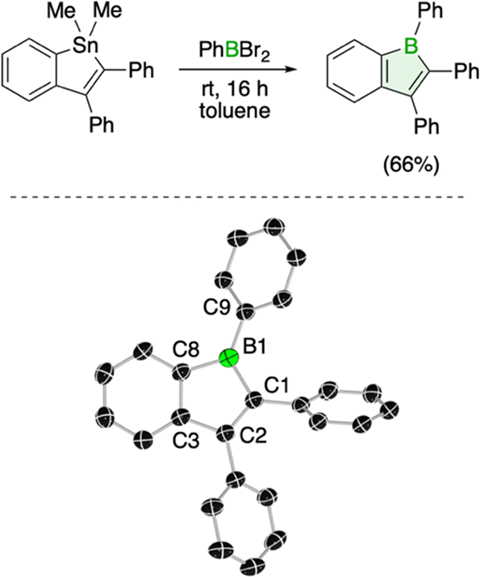
The new 1-boraindene was synthesised via a standard tin–boron exchange reaction. Its Lewis acidity and electrophilicity properties sit between those of non-fused and doubly-fused borole derivatives revealing a trend that these properties weaken as the number of fused rings they contain increases. The trend is also observed with UV–vis absorption maxima but is reversed when it comes to HOMO–LUMO gaps.
The compound exhibits strong antiaromaticity, which was revealed by nucleus-independent chemical shift (NICS) calculations, making it an excellent contender for ring expansion insertion reactions. Indeed, just like other boroles, the reaction of 1,2,3-triphenyl-1-boraindene with mesityl and trimethylsilyl azide produces corresponding ring expansion products, unlocking a new route to access BN-naphthalenes with a wide range of substitution patterns and isomeric forms. Tailoring the reaction conditions can see 1-boraindene’s reactivity diverge to produce an eight-membered BN3C4 ring. The researchers conclude that this therefore ‘provides a novel approach to the synthesis of the 2,1-azaboranaphthalene scaffold, one of several possible BN-naphthalene structures.’


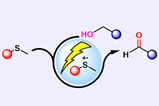
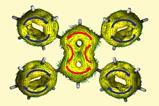

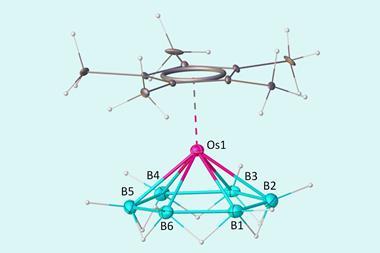

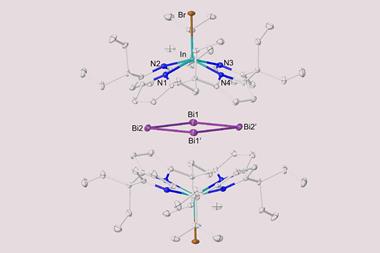


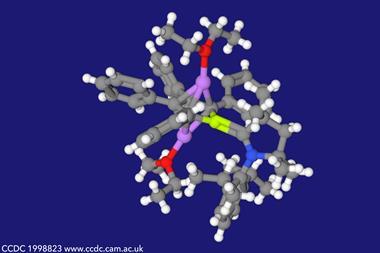






No comments yet